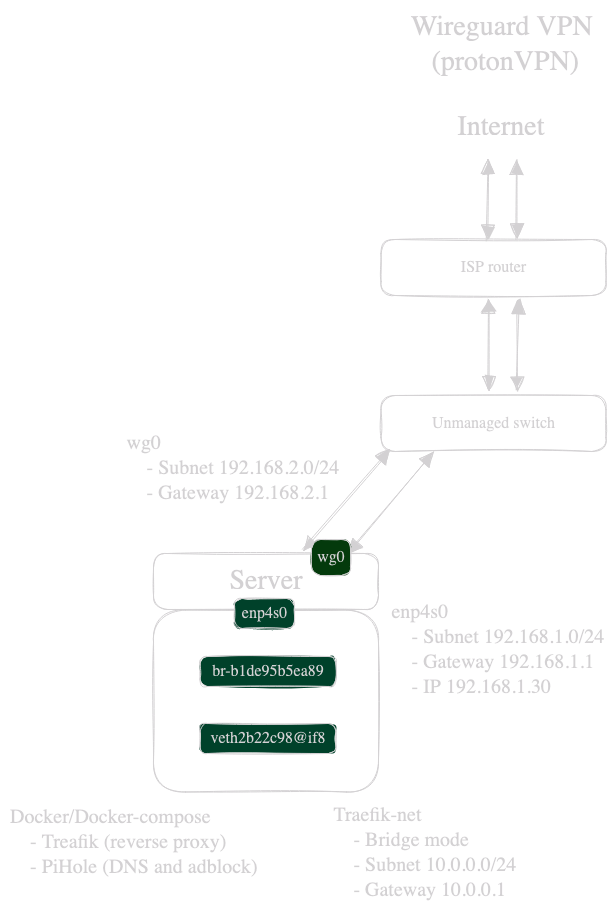TIL something new... My hate for MacOS took over common logic. 2.8GB, 3 seconds file transfer on USB was to beautiful to be true. After some further investigation and hints from @[email protected] @[email protected] I learned that Linux writes to cache before writing it to the device, to see whats happening in the background: sync & watch -n 1 grep -e Dirty: /proc/meminfo.
Still, the transfer speed on Linux was slightly faster than on MacOS. My rant was unjustified, It just my fault for being clueless on some more advanced Linux stuff. But I learned something new today, so this post was actually helpful !
Howerver, I still hate MacOS and will probably give Asahi remix a try.
Thanks to everyone !
Hey guys ! I'm getting tired/bored of MacOS' shenanigans... Yesterday was the last drop that make me think of trying an alternative.
While trying to upload a 2.8 GB file over to an USB-C stick it took like 8 minutes? Okay that's "good" enough if you only do it from time to time... But 25 files takes literally 1h30min... Are we in 2001?
I mean the exact same 2.8GB file, with the exact same USB-C stick took FU***** 3 seconds on Linux !!
Ohh and don't think I didn't tried to "fix" the issue, after a long search on the web I came across a lot of people having similar issues that aren't fixed since 2 major updates? With a total radio silence from the shiny poisonous Apple...
Among other things I tried:
- Disable Spotlight indexing
sudo mdutil -a -i off - Reformat the USB stick from Mac
- All available filesystem FAT32, exFAT...(yes even MacOS native
APFS) - Another USB stick
- ....
Enough is enough. I was willing to learn their way of thinking for my personal experience and somehow always got my way around to reproduce what I learned on Linux to Mac. But now that there is an alternative OS, I think I'm ready to get back home.
So does anyone here already gave Asahi Remix a try? If so what was your experience with it?
I read their FAQ and most of their documentation and it seems good enough for daily drive (except for some quirks here and there) but I wanted to hear from people who already made the jump and how was their personal feeling.
PS: I got that MacOS for my birthday from a family member with good intentions. That wasn't a personal choice. While I'm more than happy and thankful for the gift, I totally hate it more and more... Especially because MOST of my self-hosted services, applications, scripts, are open source.




Yeah, specially in the US where money rules the actual debate. If you don't have a few millions to spare on a fancy election parade... Don't even bother.
That's way politics is the war of the rich and why all multi billion dollar companies feel safe in the US.